
We have a solution to your crooked teeth
Crowding-Diastema-overjet-Deep bite
First expression is the last expression. A confident and smiling face with straight teeth can win a job hiring during an interview, can get admission in any institute, can find a handsome life partner and in fact, can succeed in many ways of life.
However, not all individuals are naturally blessed with perfect smile and balanced teeth. There are many people who have misaligned teeth. If you are one of them then don't worry at all! Every problem comes with a solution. If you want to straighten your teeth and beautify your smile then you are just one step away from achieving your goal! Aligners Globe have a solution to your crooked teeth problem.
You see many celebrities on media and they all have beautiful teeth and confident personality. Do you think they actually have perfect teeth naturally? Well, it is not so. There are many celebrities who had imbalanced teeth before but after getting dental treatment or after using some dental products like Aligners Globe, their teeth and smile became beautiful and attractive.
An overbite or deep bite is a too-large overlap between the upper front teeth and the lower front teeth. An ideal bite requires a small overbite – generally 1 to 2 mm and no open space between front upper and lower teeth while in occlusion. An increased overbite can cause problems like your upper front teeth biting down onto your lower lips and your lower front teeth biting into the roof of your mouth. Aligners only work in to 4mm of deep bite discrepancy.
There are both skeletal and dental root causes to this and the solution depends on the exact nature of the problem. More than 5mm is called skeletal deep bite which can be corrected with Aligners along with surgical intervention. Aligners Globe providers will correct your dental deep bite by extrusions of back teeth and intrusion of front teeth.
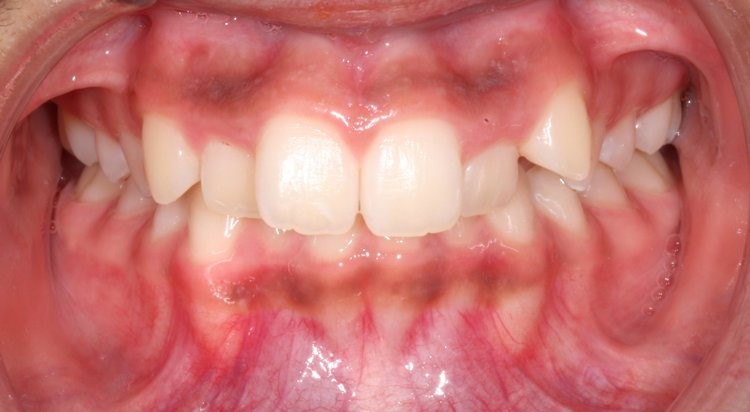
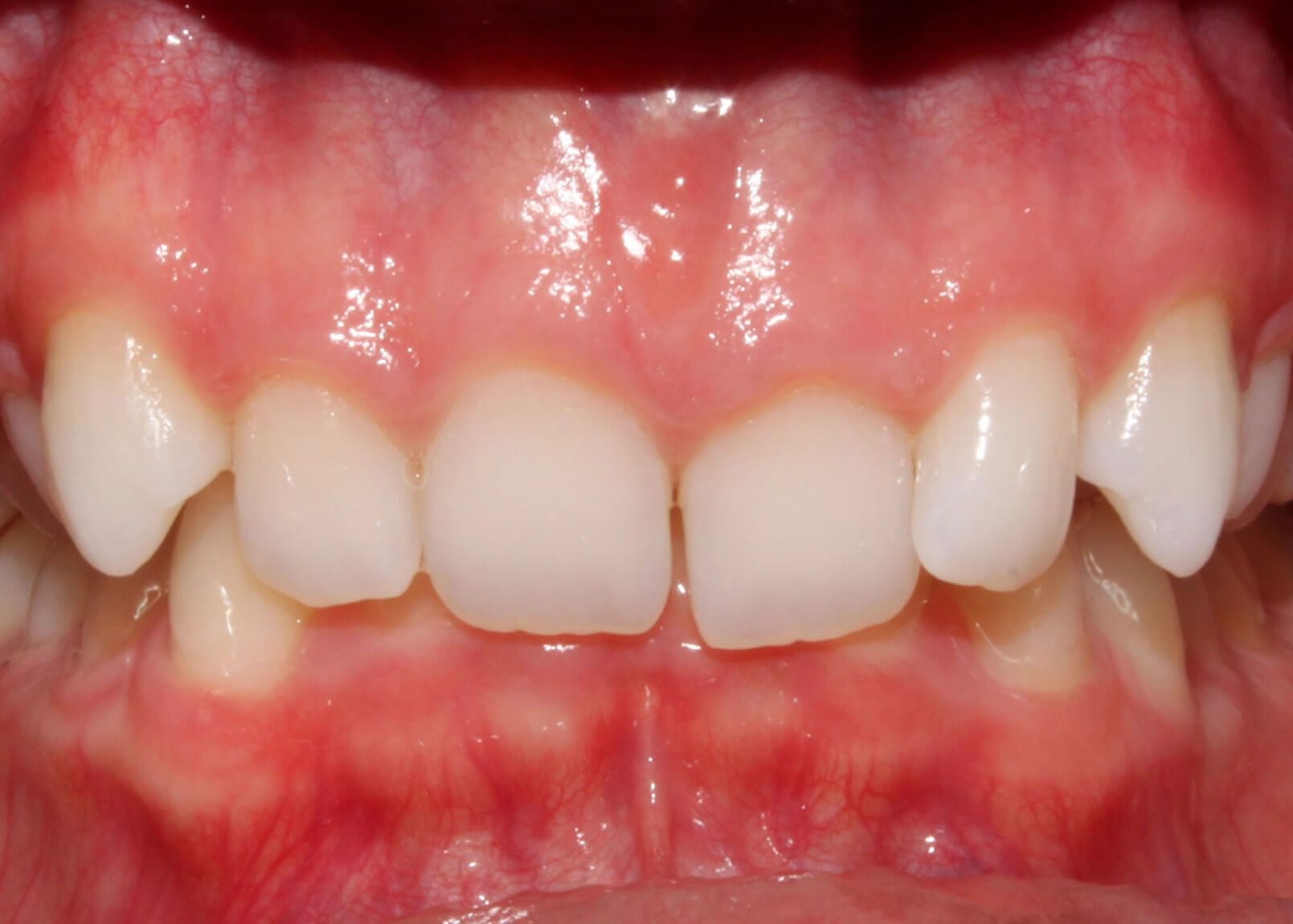
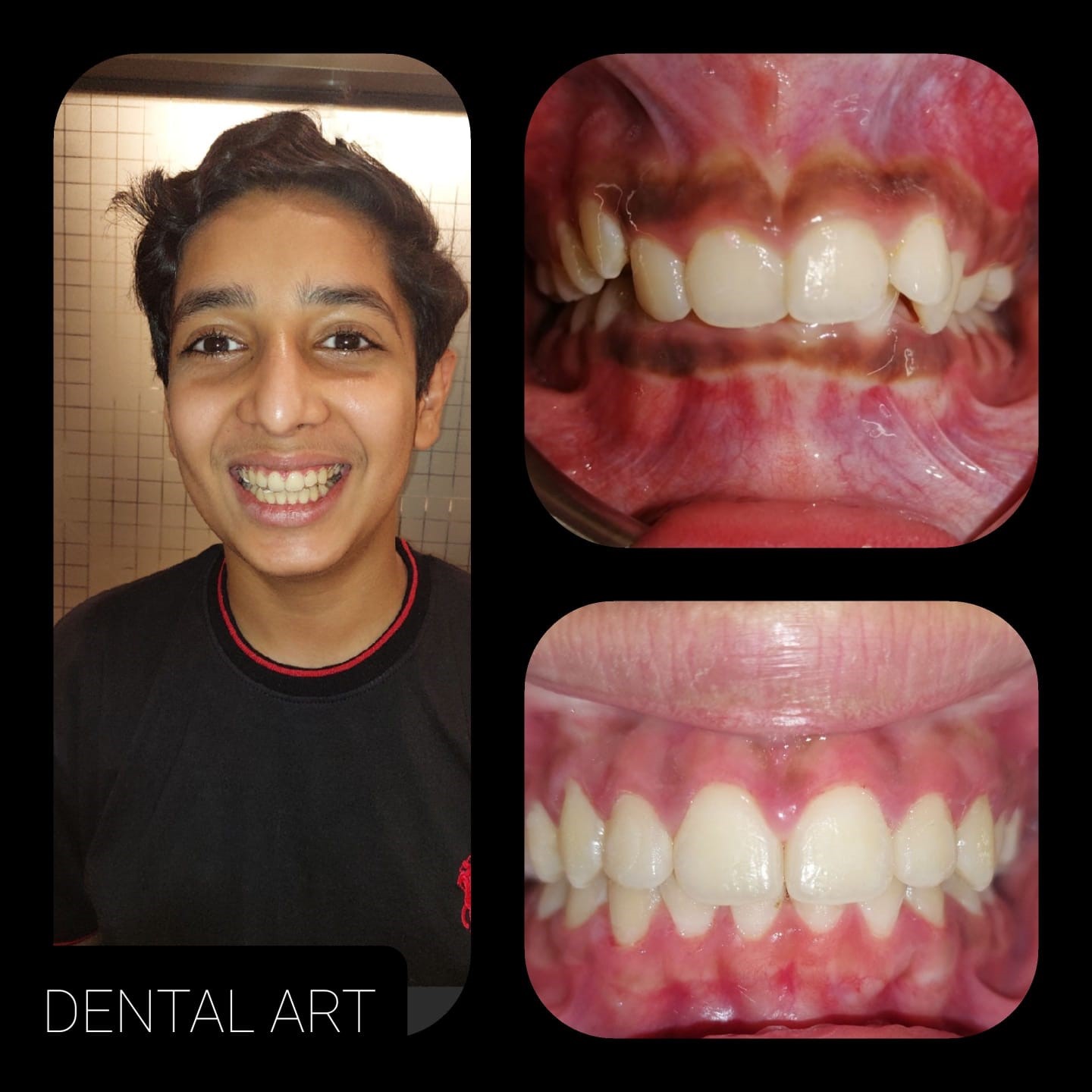
A cross bite is a type of malocclusion where upper teeth fit inside of lower teeth and it can affect your front or back teeth. This misalignment can affect a single tooth or groups of teeth. This may also be referred as under bite. Cross bite are further divided in to 2 types.
Anterior crossbite involving the lower front teeth that are positioned much further forward than the upper front teeth.
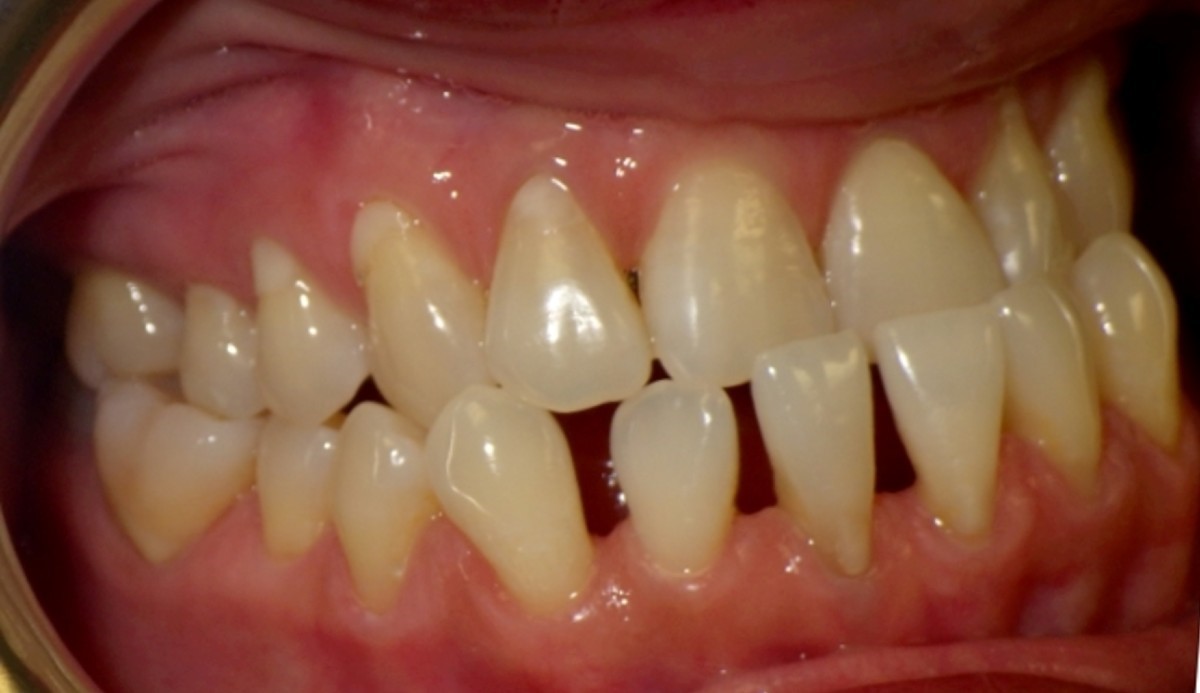
A posterior cross bite occurs when your upper back teeth bite inside lower back teeth. It can happen on one or both sides of jaw.
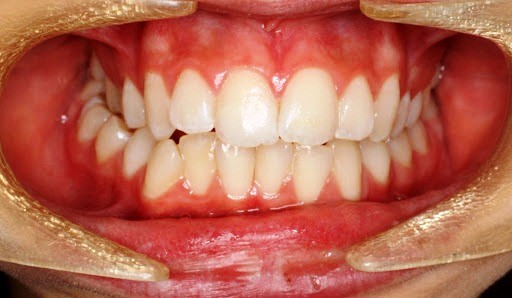

Crowding, crowded teeth, dental crowding also called overcrowding is an extremely common orthodontic condition. In fact, it’s often the biggest reason for adults seeking orthodontic treatment! Dental crowding is generally due to a lack of space in jaws for new erupting teeth, resulting in teeth that are crooked and overlap. In an ideal alignment of teeth, there is just the right amount of space for them all to grow in without crowding.
Crowding can either be mild, moderate, or severe, depending on the patient’s jaw size and how many teeth they have:
Mild Crowding — mild dental crowding is when one tooth in the upper or lower jaw is little bit rotated.
Moderate Crowding — moderate dental crowding is when more than two to three teeth overlap in the upper or lower jaw.
Severe Crowding — severe overcrowding is when more or less 6 to 8 teeth in the upper or lower jaw overlap.

The reason of dental crowding can be due to many factors, which includes:
If size of the teeth is larger than the jaw mainly because of genetics, the teeth do not fit correctly and tend to overlap or rotate.
Some people are genetically born with a smaller jaw which attributes to dental crowding as the permanent teeth grow in or out.
Losing milk tooth (deciduous tooth) too early, can cause the neighboring teeth to move to the empty space causing a shift in positions of the adult teeth.
If permanent tooth do not erupt timely due to over-retained milk tooth (deciduous tooth). This is when tooth loosen but then tighten back into the gums, preventing the eruption of permanent teeth. A dentist typically extracts over-retained baby teeth to allow for the proper eruption of permanent teeth.
Treatment of overcrowding teeth depends on how much the severity of overcrowding is. There are many methods to overcome dental crowding issues. Some of them are arch expansion, interproximal reduction (IPR) or sometimes tooth or teeth extraction along with aligner’s treatment.
Teeth spacing is a condition in which teeth have gaps in between them.
The space between upper front two teeth is called diastema. More commonly known as “gap teeth”. Some of the common causes for this particular malocclusion include missing teeth, small teeth, tongue thrusting and prolonged thumb sucking. Spacing issues can occur between two or more teeth and it is commonly seen in children in growing stage.
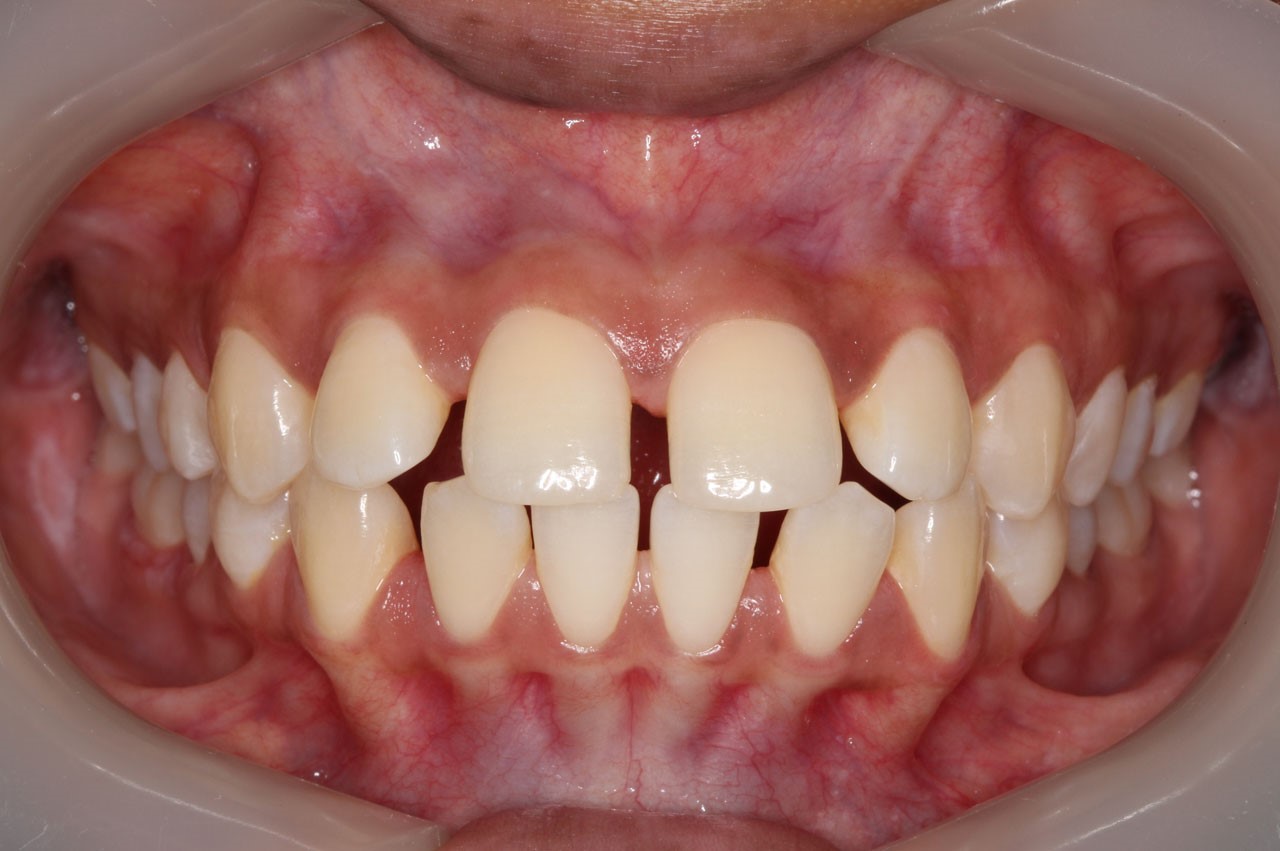
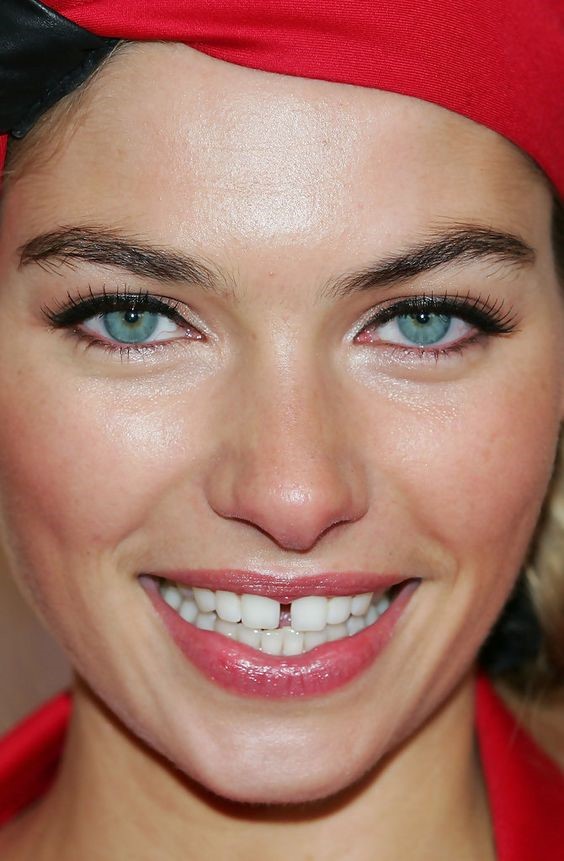
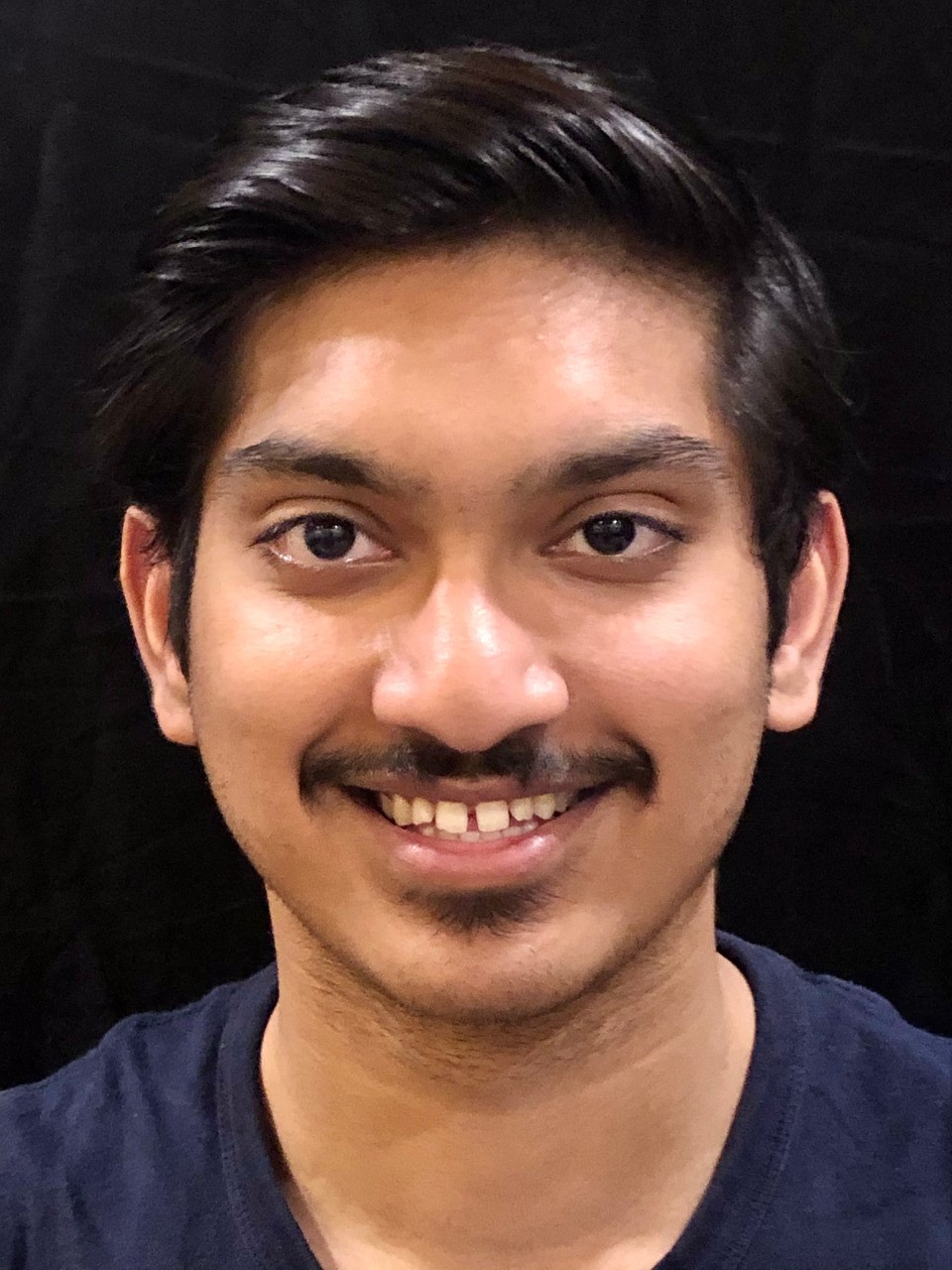
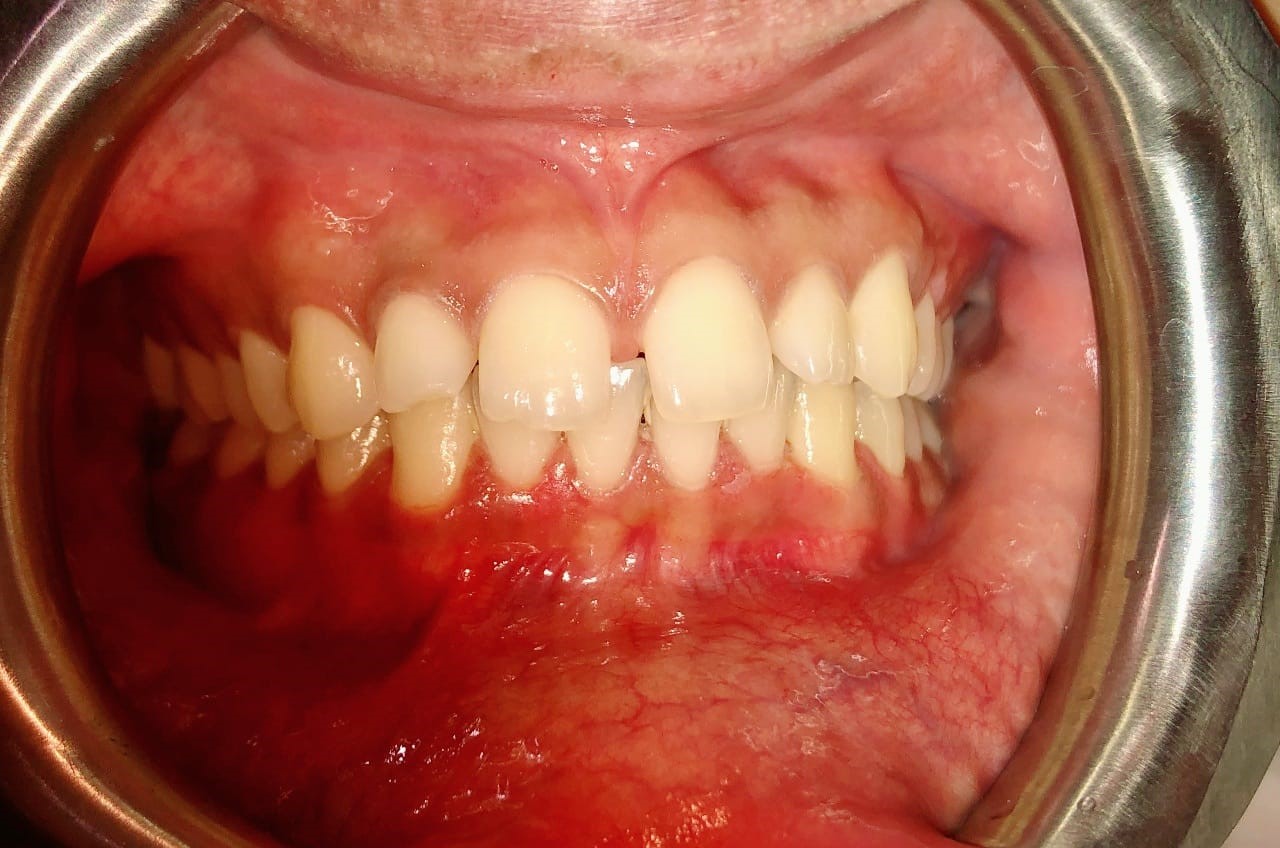
Sometimes it is temporary phase during the eruption of permanent canines. Crowns of the permanent canines hit the roots of central and lateral incisors and this stage is known as ugly duckling stage. This temporary gap between central incisors or upper front teeth will automatically close when permanent canines erupts. Another common cause of mid diastema is due to oversize labial frenum attachment. If the diastema is due to oversize labial frenum attachment then your dentist will excise labial frenum under local anesthesia prior to Aligners treatment to eliminate the relapse of diastema. . Smaller teeth size is another reason for generalized spacing, in this case the size of the teeth is clinically altered with crown lengthening, and a surgical procedure in which some part of the gums is excised to give look of bigger teeth, further enhancing the look with dental veneers or dental crowns and sometimes with dental implants if some space left is unavoidable.
Open bite is the opposite of deep bite. With an open bite, upper teeth do not overlap the lower teeth. If the upper and lower front teeth that don’t overlap, it results in an opening that leads straight into the mouth. Open bite is further divided in to
Anterior open bite
Posterior open bite
An open bite that affects the front teeth is known as an anterior open bite.
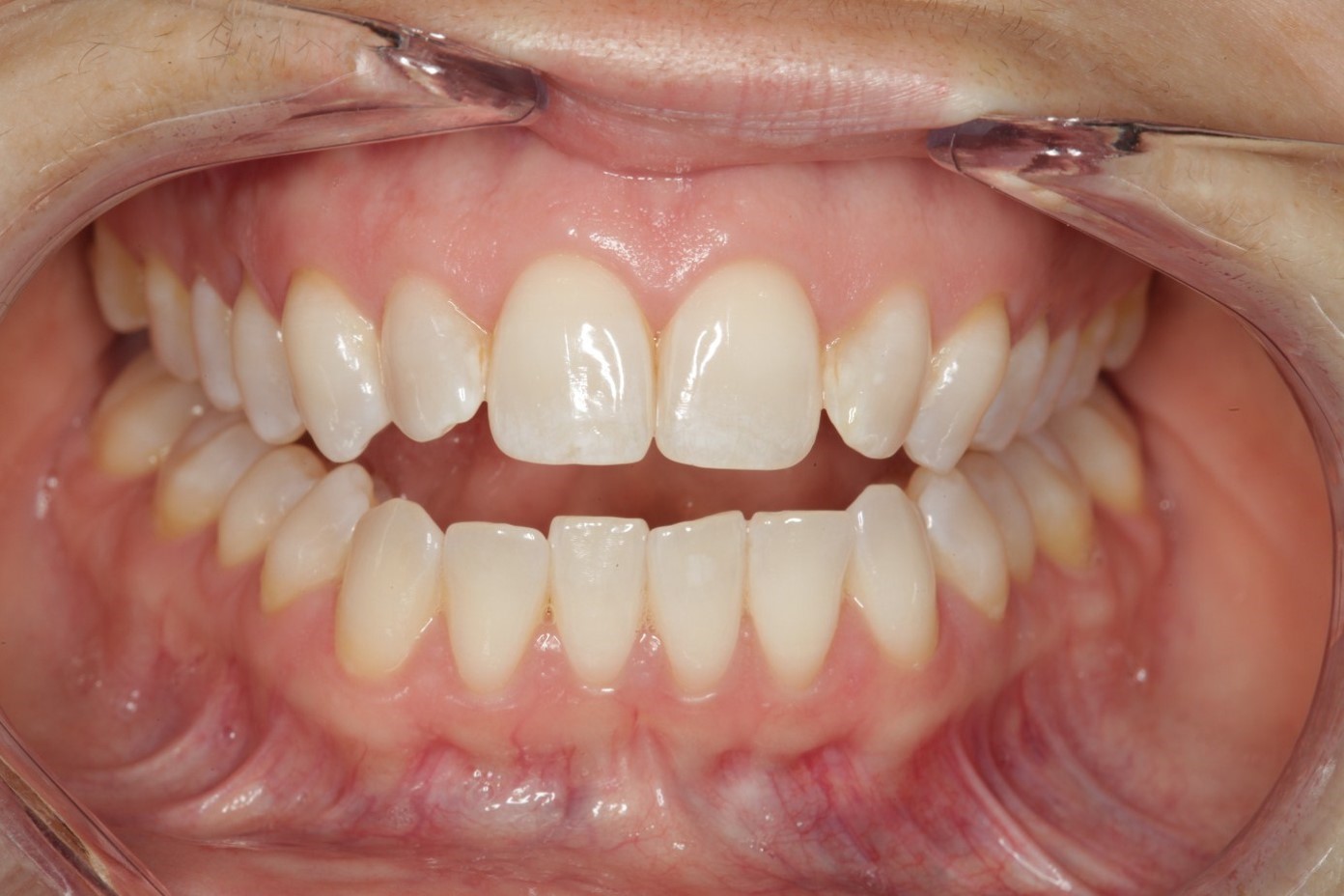
A posterior open bite is the opposite of an anterior open bite. It occurs when the back teeth, including the molars and premolars, do not touch when in occlusion (biting down) causing a big problem in chewing food.This problem can also occur on one side or both sides of the jaw.
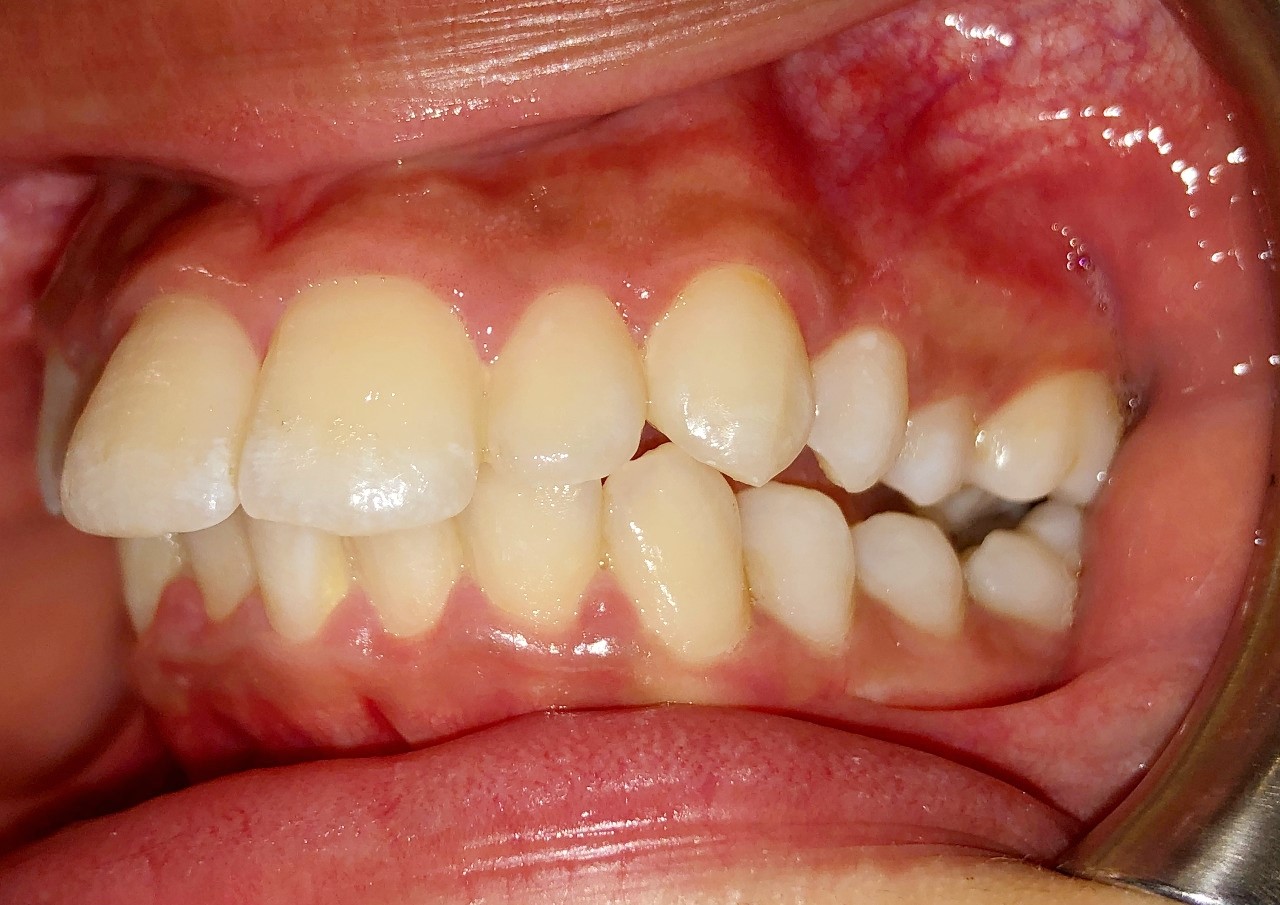
Over jet is the relationship between upper and lower incisors in horizontal plane.
An excessive overjet causes the top teeth to extend past the bottom lower incisors teeth horizontally.
Has anyone ever called you “buck teeth”? If so, you might have an excessive overjet.
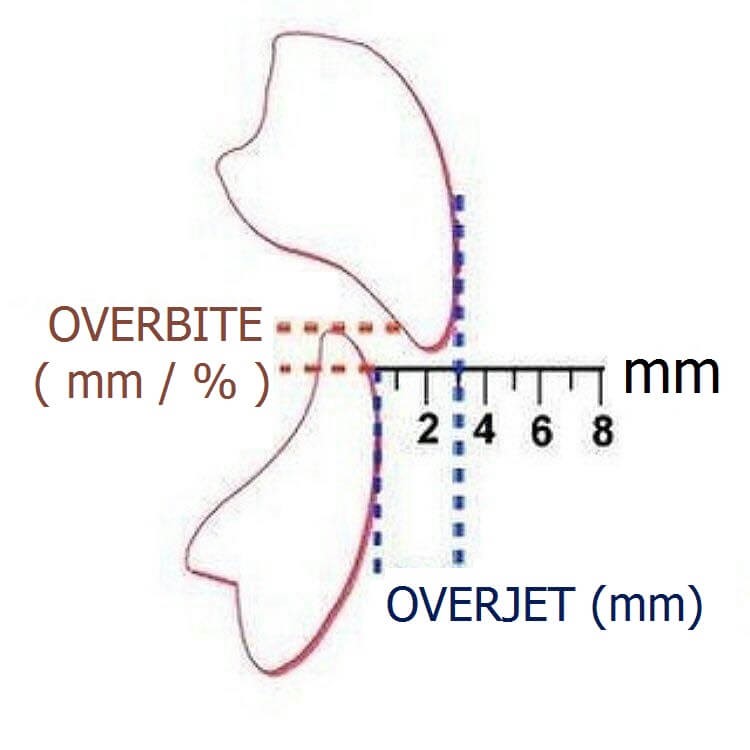
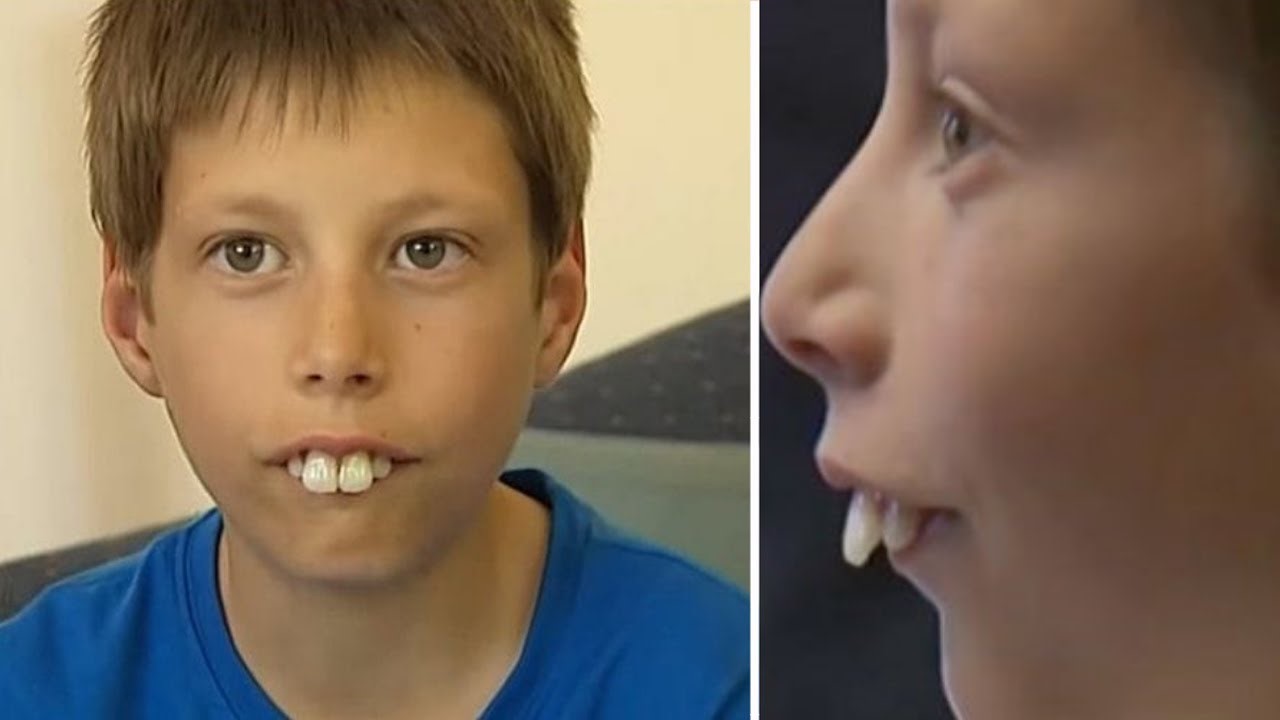
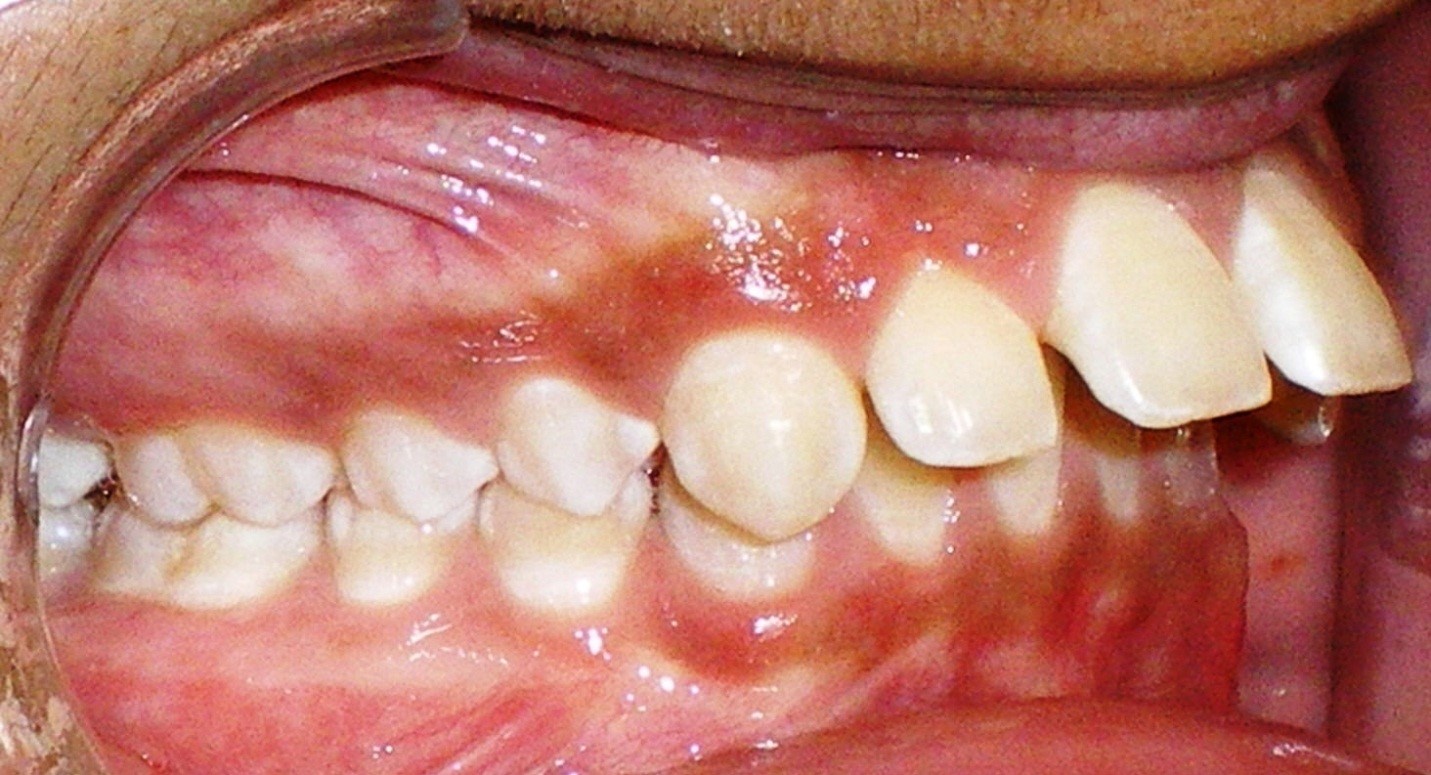
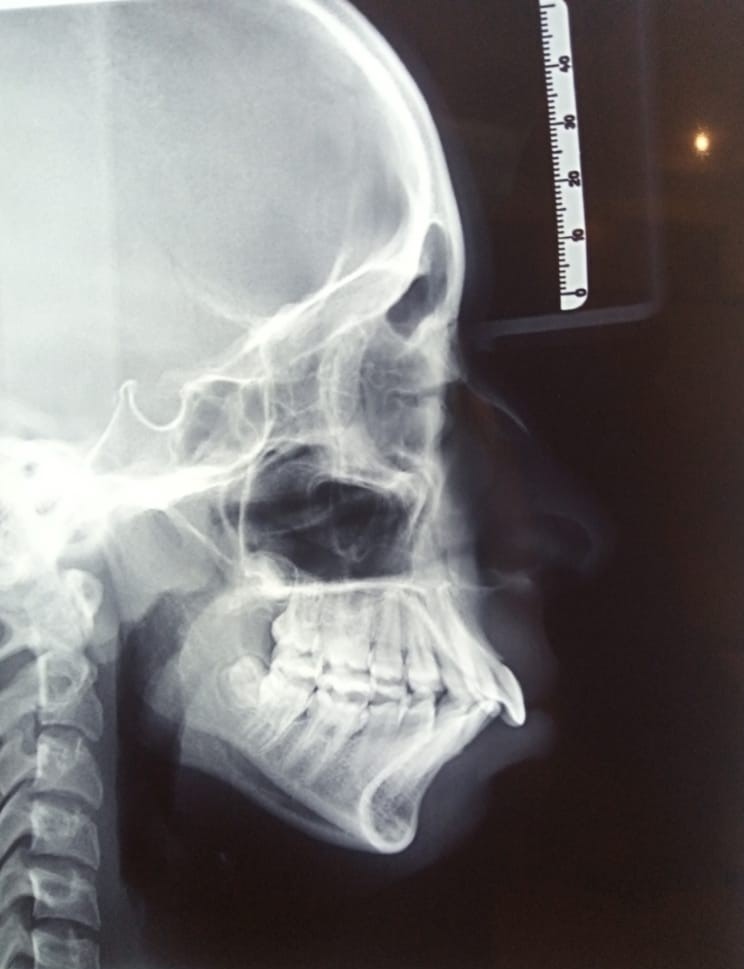
This protrusion can often interfere with chewing food, drinking and speaking properly. It may even cause pain in temporomandibular joints.
If you’re searching to correct your overjet, you’re in the right place: This guide will teach you everything you need to know about overjet and how they are corrected.
Excessive overjet, like other orthodontic problems, can be hereditary: if your parents, grandparents, or another close relative has an excessive overjet, there’s a big chance you inherited your bad bite from your genes.
External factors can cause an excessive overjet to develop. These include:
Thumb sucking
Long-term use of a pacifier or bottle feeding
Excessive tongue thrusting
Crowded teeth
Late growth of permanent teeth
Excessive Overjet can cause following problems:
Chipped or broken teeth
Pain/ discomfort while eating
Speech issues such as lisps or slurs
Embarrassment when smiling
Gum and teeth decay from excessive plaque build-up
Irregular facial appearance
Trouble sleeping
Jaw joint dysfunction/ TMJ dysfunction/ fatigue
Incompetent lips/ open lips
All of these issues can harm your teeth and health over time. It’s important to address an excessive overjet promptly and thoroughly, with orthodontic care from an Aligners Globe provider who can provide lasting, effective results.
The American Association of Orthodontists recommends that children visit an orthodontist at age 7: they likely won’t begin treatment right away, but their Aligners Globe provider will be able to closely monitor predict future growth, determining whether early intervention might create better outcomes for your child’s smile.
There are many ways to treat excessive overjet. Over jet treatment depends upon several factors, usually the severity of your overjet, the orthodontist you choose, and whether there are other issues that need to be corrected, as well as your preferences for treatment. Mostly there will be extractions of upper ist premolars followed by retraction of front teeth. When all teeth retrude, extractions side space will close by retruded canine as they will take the position of first premolars.
When a tooth is impacted, it’s unable to erupt through the surface of the gum naturally. This will cause misalignment of neighboring teeth. Treatment may include extraction or exposing it so that a brace can be fitted to the surface and pull it slowly to its desired position in the mouth. Mostly impacted teeth are the permanent canines.
Missing tooth or tooth shape deformities Also known as hypodontia, this condition can occur as a result of trauma or from something as simple as the improper development of the teeth.
Most malocclusions are due to inheritance. However, they can be due to certain habits as well. In such cases, it’s important to correct the condition or habit first, since they can lead to unwanted changes in the shape and structure of the jaw if left untreated, over time. Some common causes for malocclusions include:
Early loss of milk tooth due to caries
Loss of a permanent tooth
Prolonged use of a pacifier
Prolonged thumb or finger sucking
Cleft lip and palate
Injuries and trauma
Tumors in the mouth or jaw
Bottle feeding
Impacted tooth
Lack of oral care
An airway that has been obstructed by enlarged adenoids or allergies
As we mentioned above, the symptoms can also be mild, moderate, or severe, depending on the type of malocclusion present. In general, patients with noticeable symptoms may experience:
Misaligned teeth
Discomfort when biting or chewing food
Speech problems
Difficulty in pronouncing some sounds clearly
Difficulty breathing through the mouth
Frequent biting of the tongue or cheeks
Changes in the overall structure of the face
Frequent mouth ulcers
Frequent deposits of calculus and tartar
Staining of teeth
Halitosis
If you feel you have similar signs and symptoms of malocclusion, then don’t delay and book an appointment through contacting us where our friendly and knowledgeable staff will connect you to the nearby Aligners Globe provider. With a detailed assessment and consultation, we can help you come up with a plan to acquire the smile you deserve. Whatever treatment you select, make sure you get your malocclusion corrected by a licensed and experienced orthodontist (Aligners Globe provider) with in-person supervision, to achieve safe and effective results, for a long-lasting smile and a healthy bite. To set up a consultation or to find out more about our orthodontic treatment services, contact us today.